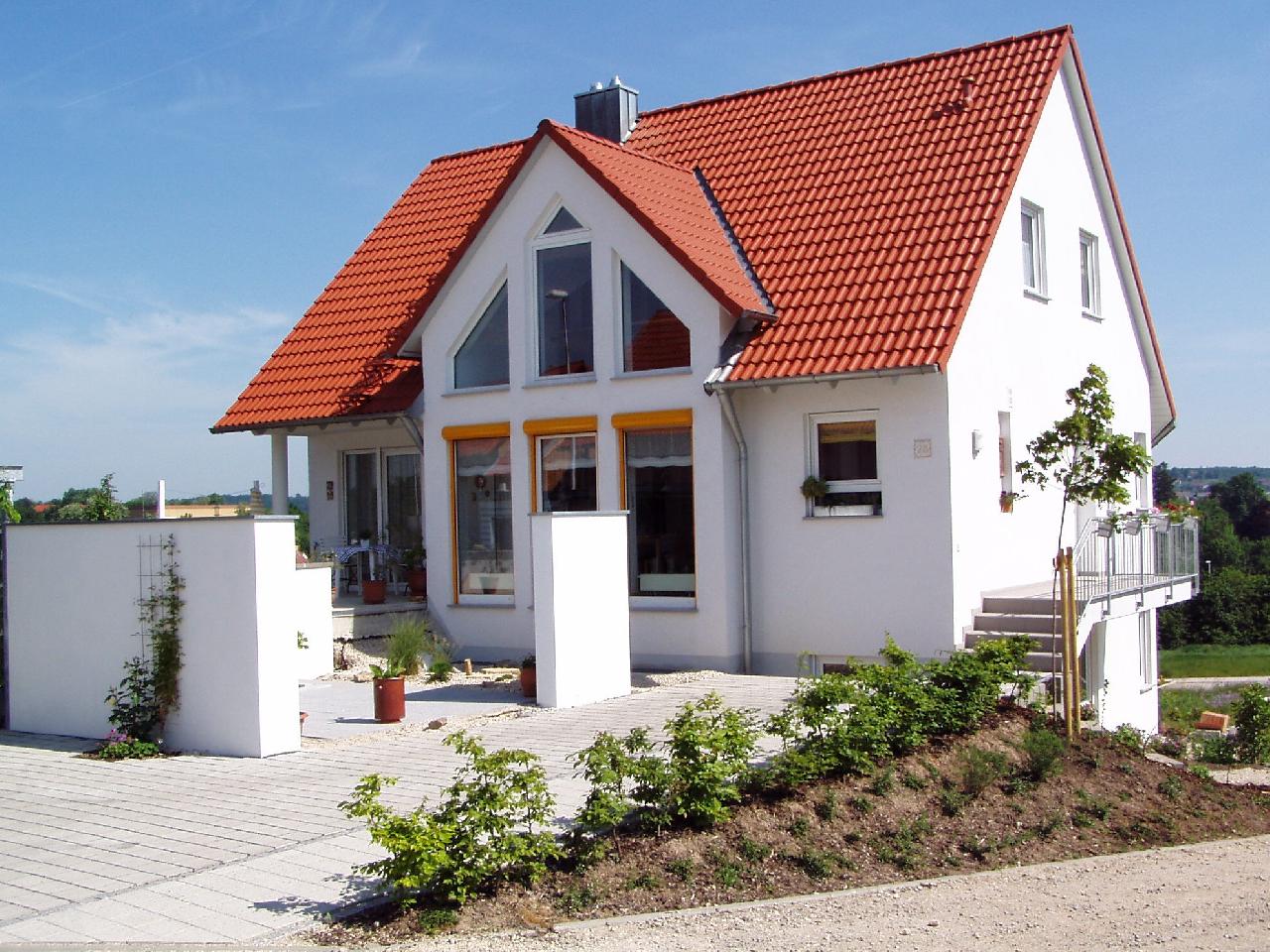Key Takeaways
- Light colors can make small rooms feel airy and spacious.
- Monochromatic schemes create a seamless visual flow.
- Accent walls add character without overwhelming the space.
- Mirrors can enhance natural light and depth, making rooms feel larger.
- Clever use of color can define spaces in multipurpose rooms.
When it comes to color tricks for small rooms, it’s almost like magic! Ever stepped into a closet-sized abode and thought, “Wow, I could fit an entire football team in here should the need arise!”? Okay, maybe not that dramatic, but let’s just say color can play tricks on your mind in awe-inspiring ways. Designers know all the best-kept secrets, and lucky for you, we’re about to spill the beans.
If you’ve ever felt claustrophobic in a tiny space, you’re not alone. Small rooms can sometimes feel like a never-ending game of sardines, but the right colors can change everything! Imagine walking into your small living room and suddenly feeling like you’ve been transported to a sunlit beach or a cozy café. Sounds good, right? Buckle up as we reveal some color tricks that can work magic on even the tiniest of spaces!
Light, Bright, and Right!
One of the golden rules in home design is the power of light colors. Light hues like soft whites, pale blues, and gentle pastels can trick the eye into thinking the walls and ceilings are further away than they really are. Imagine walking into a space that feels open and airy instead of “shrink-wrapped,” as one unfortunate homeowner put it. Not to mention, light colors reflect more natural light, brightening up the room, making it feel as joyous as a cat on a sunny windowsill.
The Color Psychology Study
Research from the Institute for Color Research indicates that color affects our perceptions of space and mood. According to their findings, lighter shades can increase feelings of calmness and openness, while darker colors can evoke feelings of coziness or confinement. The surprising part? A study by the University of Texas found that creating light and bright spaces can increase productivity by up to 18%!
| Color Family | Perception of Space | Mood Enhancement | Productivity Boost |
|---|---|---|---|
| Light Colors | Expansive and Airy | Calmness | Up to 18% |
| Dark Colors | Cozy but Confining | Intimate | – |
Play with Monochrome
Another nifty trick designers love to swear by is a monochromatic color scheme. Imagine painting your walls, ceiling, and even furniture in similar shades of a single color. This seamless visual flow creates an illusion of spaciousness, like a canvas gently wrapping around you in a satisfying hug. It’s like putting on a well-tailored suit; you look sharp and put-together without overwhelming anyone’s senses.
Accent Walls – The Star of the Show
Wanna unleash some personality without going overboard? Enter the bold accent wall! Choose one wall to be the star of the show with a splash of vibrant color while keeping the rest of the space neutral. That’s right—let that wall be the diva while the others play backup singers. Just be sure to select a color that complements your overall palette, like a deliberate but stylishly mismatched outfit.
Reflecting on Mirrors
Now for a bit of trickery—mirrors! These shiny wonders do a fantastic job of reflecting light and creating depth in small rooms. A strategically placed mirror can mimic an additional window, giving you all the feels of a grand palace—minus the cleaning staff, of course. Bonus tip: If you choose a colored or beautifully framed mirror, it can also serve as a stylish statement piece!
The Power of Color in Multipurpose Rooms
If you’re living in an apartment where every room has to pull double duty, clever color separation is key. Using different shades in defined zones allows the space to feel intentional and organized. By sectioning off the living area from your work nook with color, you’ll feel like you’ve accessed a design hack that even a superhero would appreciate!
FAQs
| Question | Answer |
|---|---|
| How do colors affect smaller spaces? | Colors can generate feelings of spaciousness or coziness and influence mood and functionality. |
| What are the best colors for small rooms? | Light colors like pastels or whites are best, while bold accent colors can add personality. |
| How can I make my small room look bigger without extensive renovations? | Use light colors, mirrors, and accent walls; consider a monochromatic scheme! |
Final Thoughts
Now that you’re armed with these vibrant color tricks, your small rooms won’t feel like cramped quarters anymore. It’s all about playing around with hues that make you feel good while creating the illusion of space. With a little creativity and the right colors, you can transform your diminutive domain into a delightful retreat that’s positively brimming with charm!
So go ahead and channel your inner Picasso, but remember to keep it light and lively. Your small space deserves to be as fabulous as a cat perched on a sunny windowsill—after all, who wouldn’t want to showcase their living area in such a purrfect manner? Happy decorating!
Discover more from Futurist Architecture
Subscribe to get the latest posts sent to your email.
![modern apartment [article_title]](https://www.futuristarchitecture.com/wp-content/uploads/2025/03/Color-Tricks-for-Small-Rooms-That-Designers-Swear-By-–.jpg)


